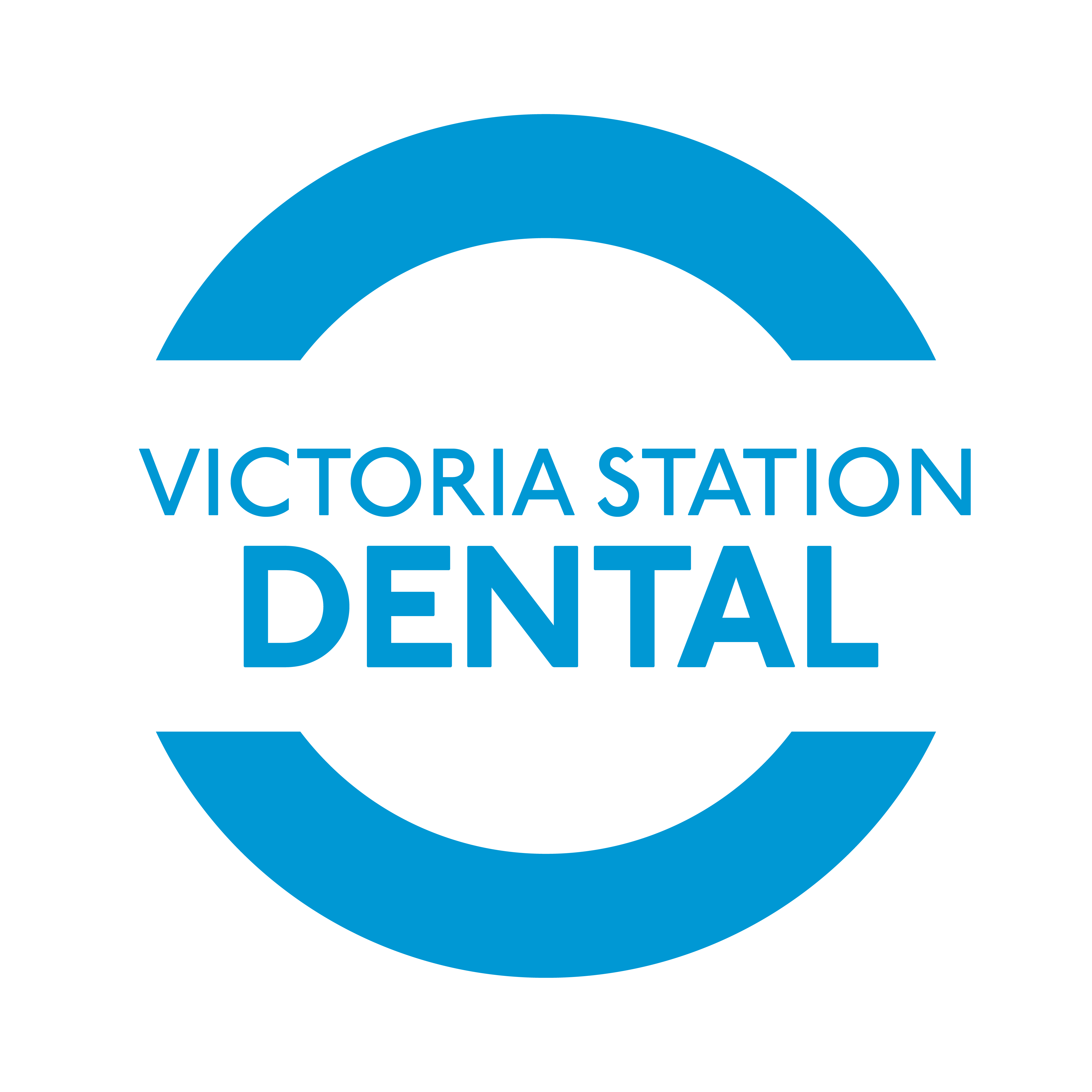Radiography
Victoria Station Dental
Radiography
Dentistry radiography, also known as dental radiography or dental X-rays, is a diagnostic technique used in dentistry to capture images of the teeth, jawbones, and surrounding structures. These images, called radiographs or X-rays, play a crucial role in helping dentists assess and diagnose various oral health conditions. Dental radiography is a valuable tool for detecting issues that may not be visible during a regular clinical examination.
What are the Different Types?
There are several types of dental radiographs, each serving a specific purpose:
- Bitewing X-rays:
- These X-rays capture images of the upper and lower teeth in a specific area of the mouth. Bitewings are commonly used to detect cavities between teeth and assess the health of the supporting bone.
- Periapical X-rays:
- Periapical radiographs focus on individual teeth, showing the entire tooth from the crown to the root and the surrounding bone. They are helpful in diagnosing issues such as dental infections and abnormalities.
- Panoramic X-rays:
- A panoramic radiograph provides a broad view of the entire mouth, including the teeth, jaws, and surrounding structures. This type of X-ray is useful for evaluating overall dental and jaw health, detecting impacted teeth, and planning orthodontic or surgical procedures.
- Cephalometric X-rays:
- Cephalometric radiographs capture side-view images of the head and neck. They are commonly used in orthodontics to assess facial and jawbone structure for treatment planning.
What are the Benefits?
Dental radiography offers several benefits in the field of dentistry:
- Early Detection of Issues: X-rays can reveal dental problems at an early stage, such as cavities, gum disease, and infections, allowing for timely intervention.
- Treatment Planning: Dentists use radiographs to plan various dental procedures, including extractions, root canal treatments, and orthodontic interventions.
- Monitoring Oral Health: Regular X-rays are essential for monitoring changes in oral health over time, helping dentists track the progression of conditions and adjust treatment plans accordingly.
Dental Radiography is Safe
It’s important to note that dental radiography involves exposure to ionizing radiation, but the doses used in dental X-rays are low, and safety measures are in place to minimize radiation exposure. Dr. Jenny Doerksen will carefully consider the benefits of obtaining diagnostic information through X-rays against the potential risks. Patients may also wear lead aprons and thyroid collars during X-ray procedures to further reduce radiation exposure to surrounding tissues.
